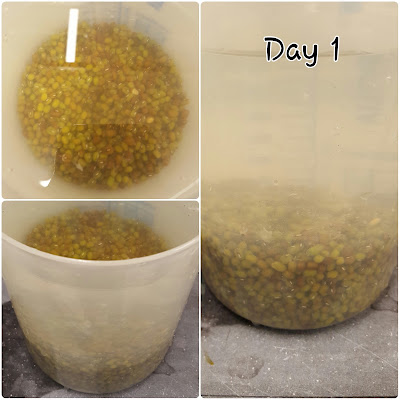Pictograms and Hazard Codes
| Description |
Pictogram
| Hazard class and hazard category: |
| Exploding Bomb GHS01 | Unstable explosives Explosives of Divisions 1.1, 1.2, 1.3, 1.4 Self reactive substances and mixtures, Types A,B Organic peroxides, Types A,B | |
| Flame GHS02 | Flammable gases, category 1 Flammable aerosols, categories 1,2 Flammable liquids, categories 1,2,3 Flammable solids, categories 1,2 Self-reactive substances and mixtures, Types B,C,D,E,F Pyrophoric liquids, category 1 Pyrophoric solids, category 1 Self-heating substances and mixtures, categories 1,2 Substances and mixtures, which in contact with water, emit flammable gases, categories 1,2,3 Organic peroxides, Types B,C,D,E,F | |
| Flame Over Circle GHS03 | Oxidizing gases, category 1 Oxidizing liquids, categories 1,2,3 | |
| Gas Cylinder GHS04 | Gases under pressure: - Compressed gases - Liquefied gases - Refrigerated liquefied gases - Dissolved gases | |
| Corrosion GHS05 | Corrosive to metals, category 1 Skin corrosion, categories 1A,1B,1C Serious eye damage, category 1 | |
| Skull and Crossbones GHS06 | Acute toxicity (oral, dermal, inhalation), categories 1,2,3 | |
| Exclamation Mark GHS07 | Acute toxicity (oral, dermal, inhalation), category 4 Skin irritation, category 2 Eye irritation, category 2 Skin sensitisation, category 1 Specific Target Organ Toxicity – Single exposure, category 3 | |
| Health Hazard GHS08 | Respiratory sensitization, category 1 Germ cell mutagenicity, categories 1A,1B,2 Carcinogenicity, categories 1A,1B,2 Reproductive toxicity, categories 1A,1B,2 Specific Target Organ Toxicity – Single exposure, categories 1,2 Specific Target Organ Toxicity – Repeated exposure, categories 1,2 Aspiration Hazard, category 1 | |
| Environment GHS09 | Hazardous to the aquatic environment - Acute hazard, category1 - Chronic hazard, categories 1,2 | |









